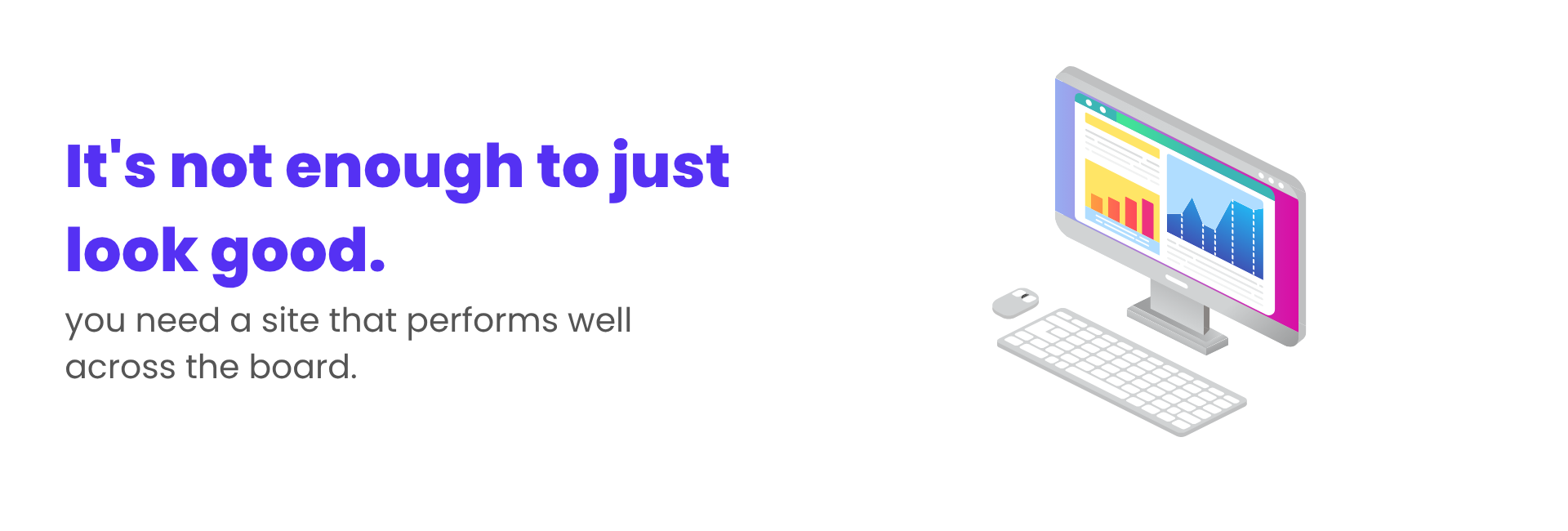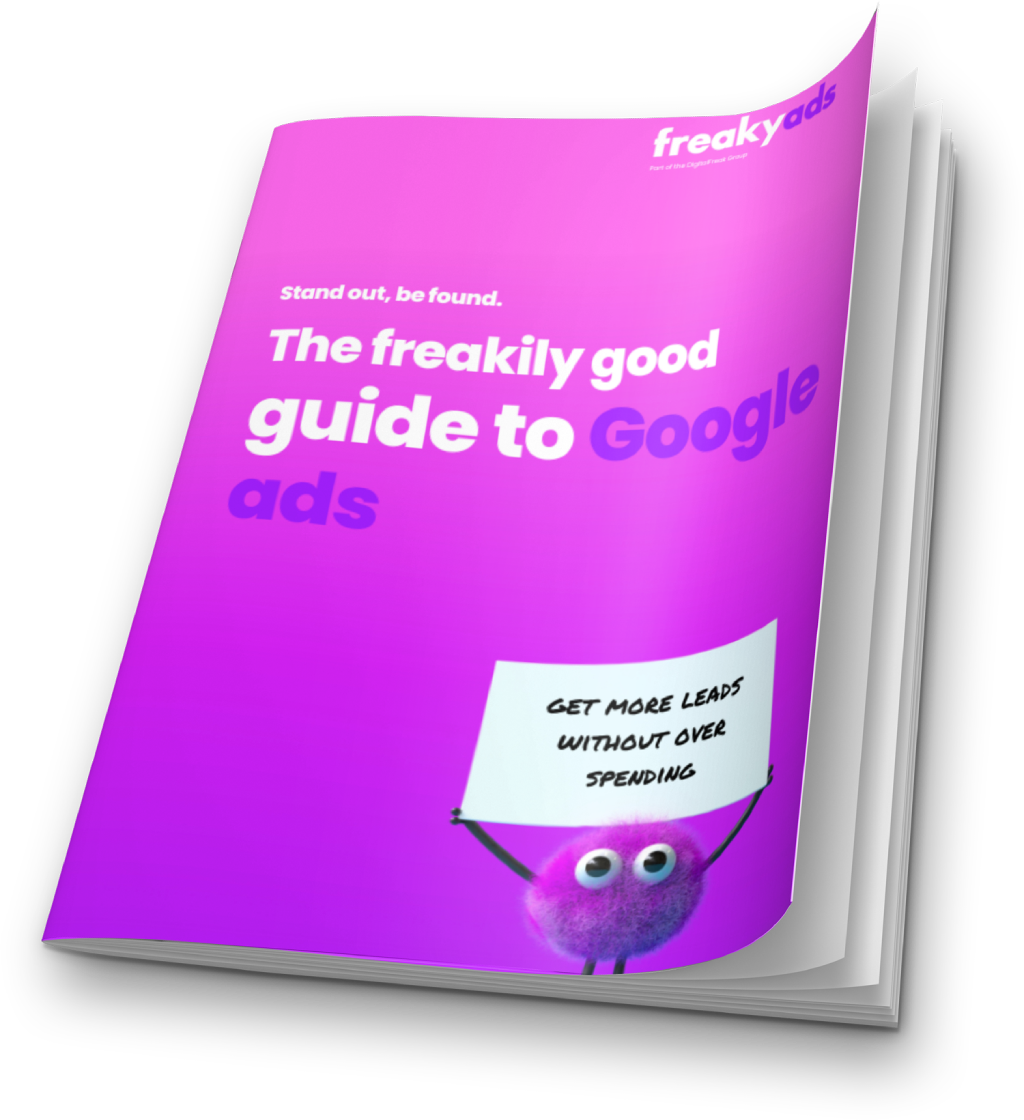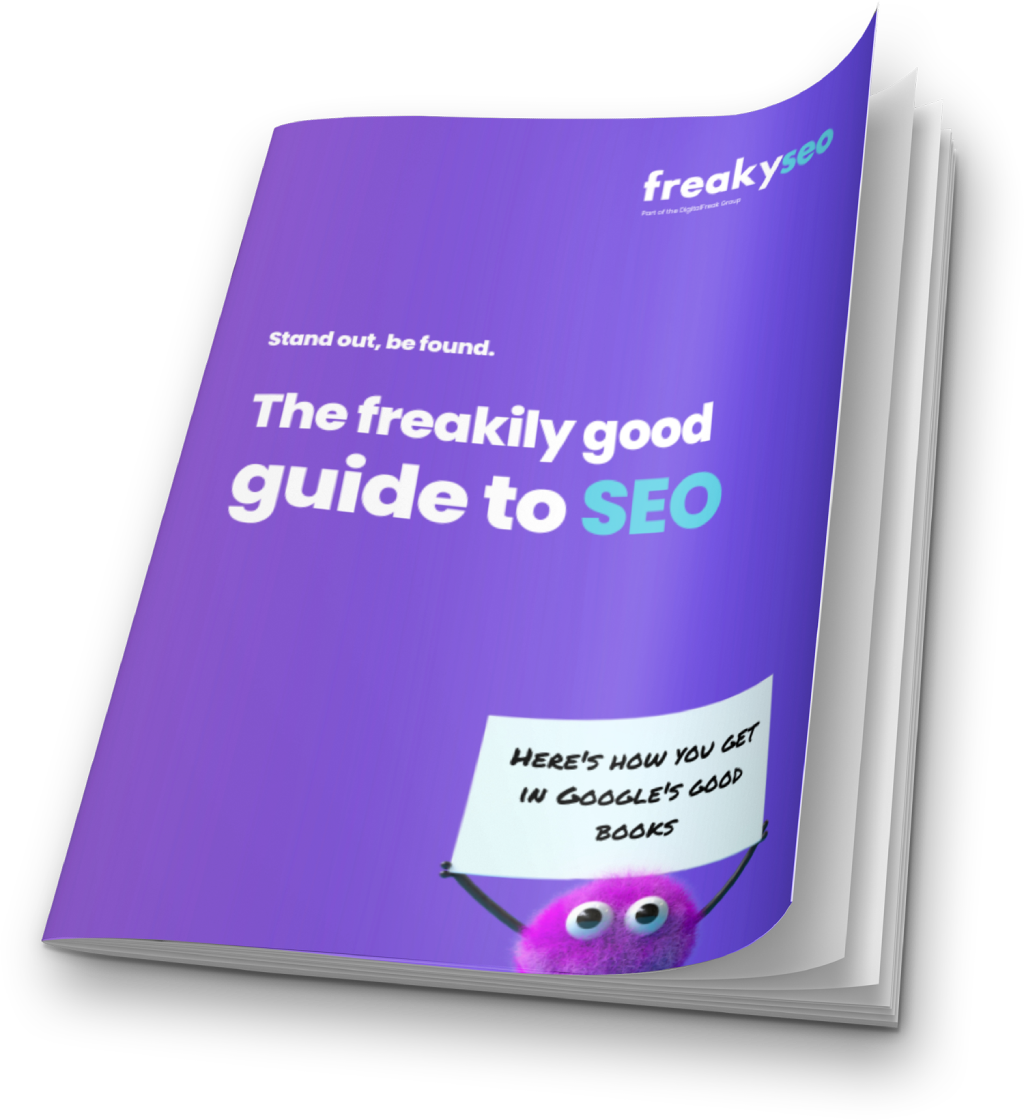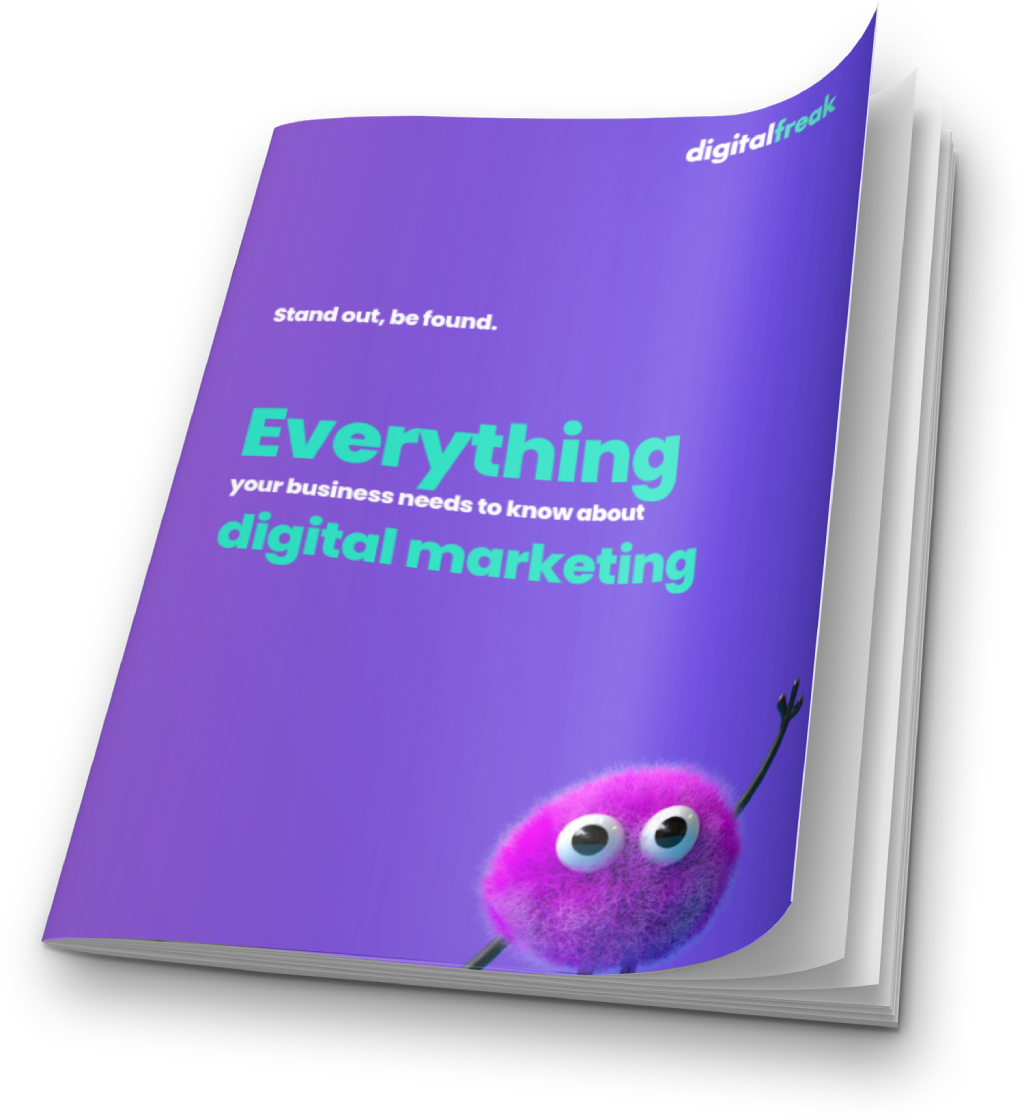If your online store isn’t ranking, your web design might be to blame. In the race for visibility, SEO and web design aren’t separate players—they’re teammates. Yet too often, small businesses pour their budgets into one while neglecting the other. The result? A beautiful site no one finds, or an SEO-optimised site that looks like it was built in 2005. Here’s how smart web design lays the foundation for effective e-commerce SEO and driving more sales—and what you’re probably missing.
Why SEO and Web Design Go Hand-in-Hand
For e-commerce websites, SEO is more than just keywords and backlinks. It’s about how your site functions, loads, and engages both users and search engines. Google doesn’t just read content—it reads structure. If your design doesn’t support SEO, you’re holding your business back.
Think of SEO-friendly design as invisible scaffolding. You can’t always see it, but it’s what keeps your entire digital presence standing strong. From mobile responsiveness and page speed to structured data and intuitive navigation, smart design and SEO best practices ensure that Google can crawl, understand, and rank your site.

The Technical SEO Pitfalls of Poor Design
Let’s break down the key technical design issues that could be hurting your SEO:
- Slow Site Speed
A sluggish site is a dealbreaker. Not only does it frustrate users, but it also signals to Google that your site isn’t user-friendly. Heavy images, bloated code, and poorly optimised scripts are common culprits. Good design includes smart performance strategies—like lazy loading, file compression, and clean code.
- Lack of Mobile Optimisation
Google uses mobile-first indexing, meaning it ranks your site based on how it performs on smartphones. If your site isn’t responsive, you’re losing traffic and rankings.
- Poor Site Architecture
E-commerce sites can get complex quickly. Without a clear hierarchy and internal linking strategy, search engines struggle to index pages. Every product should be no more than a few clicks from the homepage.
- JavaScript Overload
Many modern e-commerce sites rely heavily on JavaScript but overdoing it can make your site hard for Googlebot to crawl. Balance dynamic elements with crawlable content.
- Broken Links and Redirect Chains
A tangled web of outdated pages and poor redirects creates dead ends for both users and search engines. Clean up your URL structure and use 301 redirects strategically.
- Missing or Incorrect Meta Tags
Title tags and meta descriptions tell search engines what each page is about. If they’re missing, duplicated, or too generic, your rankings can suffer, and click-through rates will drop.
- Unoptimised Image Files
Oversized or improperly formatted images can slow your site and hinder accessibility. Proper alt text also boosts SEO. Optimise images for both speed and search visibility.
- No XML Sitemap or Robots.txt
Without an updated sitemap and clear crawling instructions, search engines may overlook important pages or index duplicates. These simple files are essential for visibility.
Smart Structure: The Building Blocks of SEO-Friendly Design
Here are the design elements that do the heavy lifting for your SEO performance:
- Clear Navigation and Menu Hierarchy
Your main menu should help both users and search engines understand your offerings. Use descriptive labels and group products logically. A well-structured navigation boosts both user experience and crawlability.
- URL Structure and Slug Consistency
Simple, keyword-rich URLs that follow a clear hierarchy (e.g. /products/shoes/womens-sneakers) are easier for search engines to index and more intuitive for users to click.
- Schema Markup
Structured data tells search engines what your content means, not just what it says. Product schema, review markup, and breadcrumb schema are must-haves for online stores.
- Internal Linking Strategy
Link related products, categories, and blog content together to distribute page authority. This helps Google understand which pages are most important and improves crawl efficiency.
- Optimised Category Pages
Category pages are often neglected, but they’re powerful SEO assets. Include relevant copy, internal links, and unique metadata to boost rankings for high-intent search terms.

Design Decisions That Improve SEO (and Conversions)
While technical elements are essential, good SEO-focused design also impacts user behaviour. And Google loves positive user behaviour:
- Clean Layouts with Strong CTAs Make it easy for visitors to buy. Use uncluttered design, clear calls-to-action, and trust-building signals like reviews and secure checkout badges.
- Consistent Branding Across Pages Your visual identity should reassure users they’re still in your store as they navigate through categories and products. This reduces bounce rates and keeps users engaged longer.
- Optimised Images High-quality images are key for e-commerce, but they need to be compressed, named with keywords, and include alt text for SEO value.
- Fast Checkout Flow Every click between product and purchase is a chance to lose a customer. Design a checkout that’s intuitive, mobile-friendly, and fast.
Content Meets Design: Writing for Both Humans and Search Engines
Your website isn’t just a visual space—it’s also a platform for powerful, SEO-optimised content. Every product description, headline, and category page needs to work hard to engage users while ticking all the right boxes for search engines and AI. Clear headings, scannable paragraphs, keyword-rich text, and helpful metadata improve readability and indexability. Avoid stuffing pages with keywords, and instead focus on user intent.
At Digital Freak, we ensure your design and content are perfectly aligned to rank well, sell more, and stay ahead.
How Design Affects Bounce Rate and Dwell Time
When visitors land on your site, they make split-second judgments – which you can track in your website metrics. If your design is cluttered, slow, or confusing, they bounce. That tells Google your page isn’t meeting user expectations. On the other hand, smart design encourages visitors to stay longer, browse more, and take action—boosting your dwell time and signalling relevance. Simple navigation, engaging visuals, and clear CTAs make all the difference.
At Digital Freak, we design sites that not only draw people in but keep them exploring.
SEO Tools and Plugins That Complement Great Design
Smart web design is only part of the puzzle. Integrating the right SEO tools ensures long-term success. From Rank Math and Yoast to Google Search Console and Screaming Frog, these tools provide insights into site performance, crawl issues, and keyword optimisation. When combined with a solid design foundation, they help refine your strategy and scale your store.
Digital Freak doesn’t just launch great-looking e-commerce sites—we equip them with the tools to grow and adapt.
When to Redesign Your E-Commerce Website
Is your e-commerce site underperforming? Frequent bounces, slow load times, poor mobile display, and flatlining traffic are all red flags to watch out for. If it’s hard to update, clunky to navigate, or not integrated with your digital strategy, it might be time for a redesign.
A modern, SEO-friendly layout can revive your store and improve user experience. Digital Freak specialises in results-driven redesigns that combine form, function, and future-proofed SEO. Let’s turn your website into a growth engine.
Common Mistakes to Avoid in E-commerce Web Design
Even well-meaning business owners can stumble here. Watch out for these pitfalls:
- Choosing aesthetics over performance
- Ignoring image SEO and metadata
- Failing to update your sitemap
- Designing first, worrying about SEO later
- Using pop-ups that block content on mobile
Your Website Isn’t Just a Shopfront – It’s Your SEO Engine
In e-commerce, every design decision matters. Your homepage layout, navigation structure, product pages, and even the colours you choose all affect how people (and Google) perceive your store. It’s not enough to just look good—you need a site that performs well across the board.
The good news? You don’t have to choose between beautiful design and powerful SEO. When done right, the two go hand-in-hand.

How We Help Small Businesses Get It Right
At Digital Freak, we build e-commerce websites that don’t just look great—they rank, convert, and grow with your business. Our team works hand-in-hand with SEO specialists from the wireframe stage to launch, ensuring every design element supports your visibility and digital marketing goals.
We take care of:
- Fast, responsive site design
- SEO-friendly structure and navigation
- Technical SEO audits and implementation
- On-page SEO including schema and metadata
- Ongoing site maintenance, performance monitoring and improvements
Don’t Build Blind – Work with E-Commerce Web Design Specialists
If your e-commerce site isn’t generating the traffic or sales you expected, it might be time to look under the hood. Smart design isn’t about bells and whistles—it’s about structure, speed, and strategy.
Talk to our team at Digital Freak about building or redesigning your online store the right way. We offer free strategy calls to show you how a better design can mean better rankings, more traffic, and more revenue.
Ready to see what your current site is missing? Let’s find out together.
FAQs
What is SEO-friendly web design and why does it matter?
SEO-friendly web design ensures that your website is easy for search engines to crawl and index. It includes fast load times, responsive layouts, structured data, and intuitive navigation. For e-commerce, this means better visibility and more traffic. At Digital Freak in Melbourne, we combine smart design with strong e-commerce SEO strategies to help small businesses thrive online. Let us build you a site that works as hard as you do.
How does poor web design affect my e-commerce store’s search engine rankings?
A slow, confusing, or unresponsive website frustrates users—and Google notices. Poor design can lead to high bounce rates, indexing issues, and missed SEO opportunities. We help businesses in Melbourne and beyond avoid these pitfalls with user-first, SEO-driven web design and maintenance. Contact us today to find out more!
What is schema markup and how does it benefit my e-commerce website?
Schema markup is a type of code that helps search engines understand your content. For e-commerce, it can highlight products, prices, reviews, and availability directly in search results. Our web development and SEO team implements the right schema to improve your visibility and click-through rate. Book a FREE strategy call now!
How do internal links improve SEO on an e-commerce site?
Internal links guide visitors through your site and help Google discover and prioritise your pages. Linking products to categories and blog content boosts SEO and keeps users engaged. Digital Freak in Melbourne can create a powerful linking structure as part of your e-commerce SEO and content strategy. Get a free strategy call today!
Can slow page speed really affect my Google ranking?
Absolutely. Page speed is a confirmed ranking factor. If your site takes too long to load, visitors leave, and Google ranks you lower. We use performance best practices in every e-commerce website we build or maintain. Ask about our technical SEO audits, site speed improvements, and SEO services.
Should I redesign my e-commerce website if it’s not ranking well?
If your site has technical SEO issues, outdated design, or poor usability, a redesign can help dramatically. Digital Freak specialises in SEO-friendly redesigns that improve both rankings and conversions. Book a free web strategy call with our Melbourne agency to find out more about our affordable SEO services and what your site needs.

Written by
Karyn Szulc – CEO, Founder
When clients work with me, they get exactly what they want - no-nonsense, authentic digital marketing that works! With my industry experience, eye for detail, and a team that goes the extra mile, every client gets the personalised, expert treatment they deserve. Let’s get you online – and growing!














